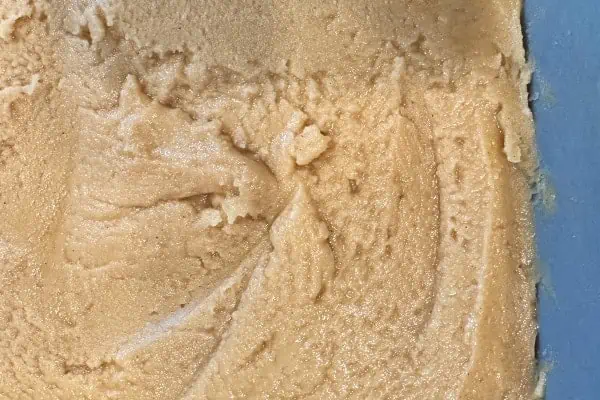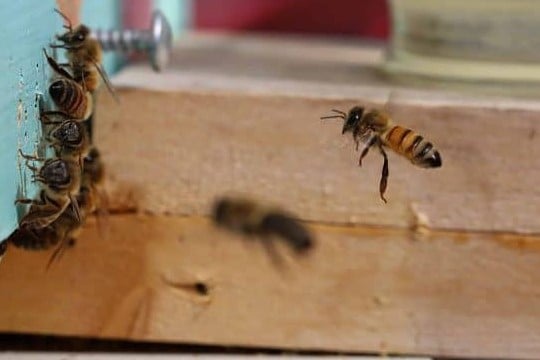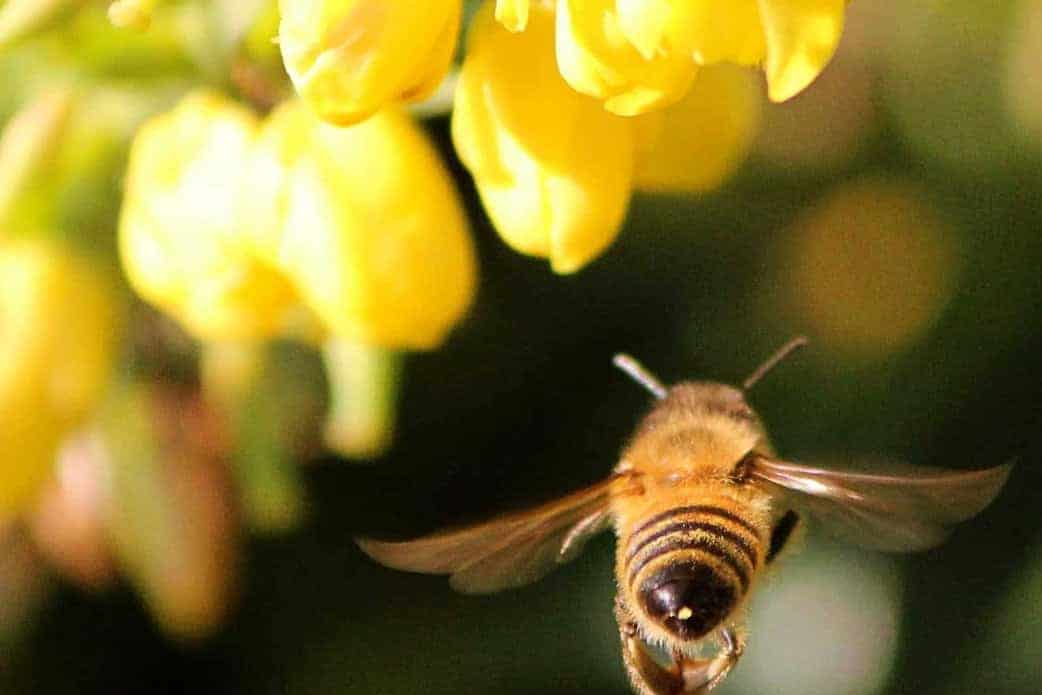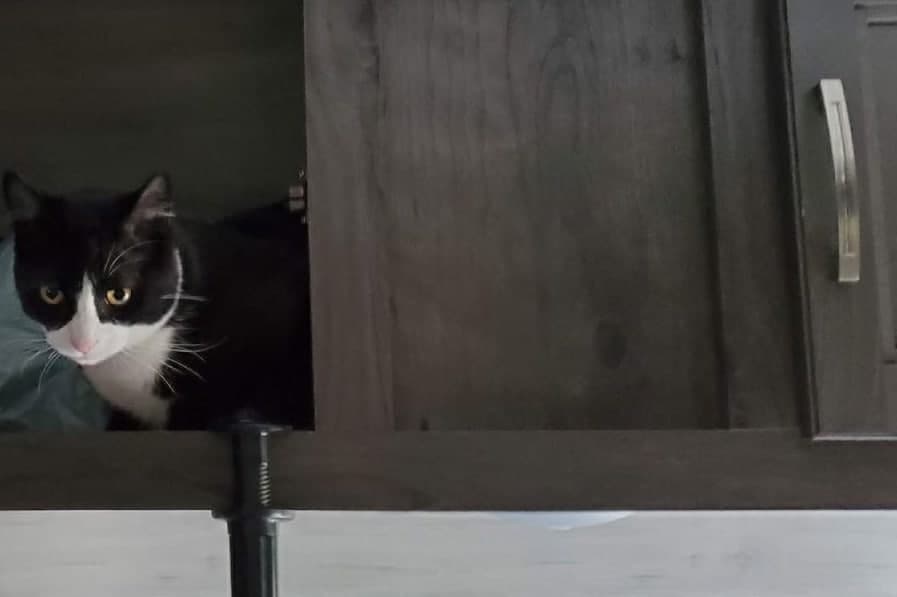The summer is here, and soon across the territory, fireweed and lupin will paint the landscape with a palette of violet and blue. One of the best parts of living in the Yukon is the explosion of colour we get to enjoy… while receiving a year’s supply of bug bites. That’s right, it’s the annoying buzzing and biting that lets us enjoy the summer flowers, year after year, and the harvests of our gardens.
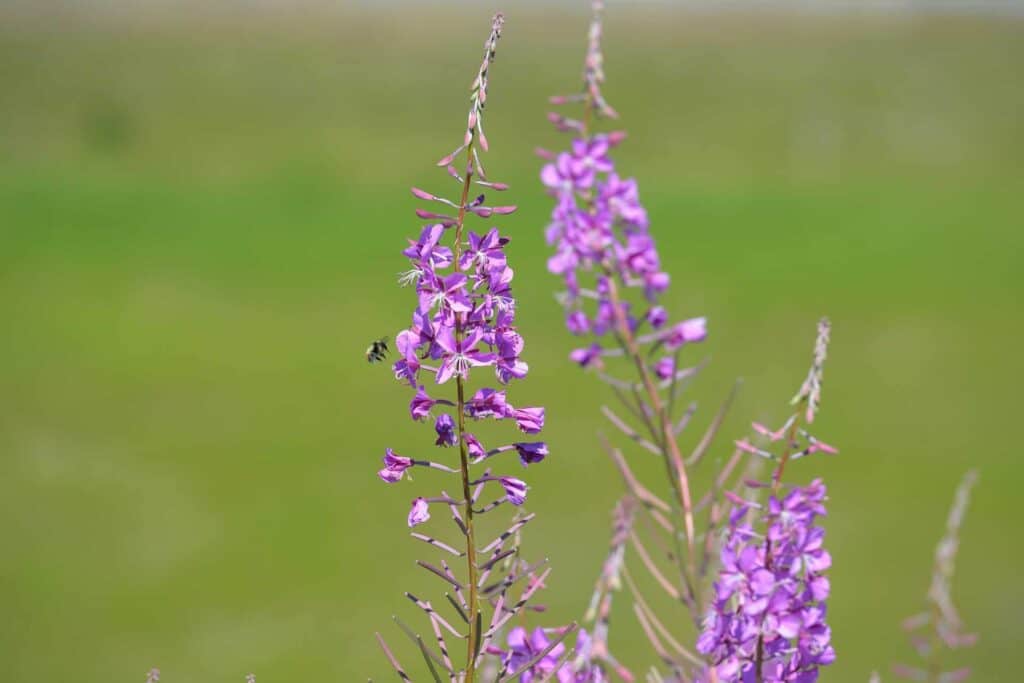
Pollination is a key part of life on Earth, enabling plants to turn flowers into fruit. And there is no more-famous pollinator than the European honeybee. The honeybee is on a short list of bugs that receive our admiration to the point of cereal mascots and save-the-bees campaigns. When many of us heard the news about bee colonies collapsing, we started to worry about what life would be like without pollination. This was a key moment in people starting to connect our food production with the condition of our local ecosystems. However, the messaging often misses the mark, focusing on honeybees and crops like almonds and canola and not the larger crisis facing pollinators across the globe.
Although birds and bats are pollinators, the bulk of pollination is completed by insects! Every day our six-legged friends are out and about, moving pollen around and drinking that sweet, sweet flower juice (nectar). Certainly, honeybees are the most-famous pollinators, but there are over 20,000 species of solitary bees! These bees are a diverse bunch, nesting in all sorts of materials, specializing in this type of flower or that one … even better—they rarely have stings. In fact, most people aren’t familiar with the range of bees in their community. There are also the flying “buses” that are bumblebees. These bees form small communities of as few as 50 bees per nest and can be found from jungles, to the High Arctic!
But moving past bees, it’s butterflies and moths that are the next insects to which we should say, “Hey, thanks for your work!” Take a look at the next moth flying around your patio lights and you will notice how hairy they are. Like bumblebees, these hairy “lamp enthusiasts” get covered in pollen and are critical pollinators. This is especially relevant for flowers that are open at night (where it’s dark); that’s when many moths get a chance to drink some nectar without fearing those horrible songbirds.
Then there are the flies—famous big-eyed folks who share our houses and sing their beautiful buzzing songs. Although flies don’t form colonies and may not be very hairy, the sheer number of them, trying to get the sweet nectar, makes them important. With over 85-thousand species of flies, they are some of the most-diverse animals on Earth. I am sorry to say that the mosquito (the “territorial bird” of the Yukon) is, in fact, an important pollinator. It’s not blood that mosquitoes feed on; rather, it’s nectar, and if you think about the clouds of mosquitoes in the summer, it can be clear how important they are to flowers in our community. Flowers, such as goldenrod, rely on the clouds of mosquitoes that form, each summer, for pollination. So next time mosquitos are biting you, think about what they are doing when you aren’t around (because chances are, they are chillin’ at the ol’ flower patch).
The list truly goes on and on, with beetles, thrips, wasps and ants all doing their part for the flowers. But unfortunately, it’s not just bees that are struggling … it is insects across the world that are declining at an alarming rate. The current estimate is that 40 per cent of all insect species are declining, and a third of those are now endangered. The research about individual species of insect declines is limited, but we know that one in four bee species in North America are at risk of extinction. This is a terrifying trend because 87.5 per cent of flowering plants rely on animals (like insects) to pollinate their flowers. It may be nice to imagine fewer mosquito bites and fewer wasp nests but, without these animals, life as we know it would not exist.
Insects are declining for a number of reasons, and each of those signals problems with our relationship with our ecosystems. Habitat loss is likely the largest contributor to the decline, with more and more areas converted into mono-culture croplands. These agricultural lands may have flowers as a part of the crop, but think—a crop will only flower at one time of the year, but what are the bugs going to do the rest of the summer? Furthermore, when the trees are cut down and wetlands are filled, where are insects going to have families and settle down?
Other issues include increasing use of insecticides, directly killing the pollinators we need. Air and water pollution has been linked to pollinator decline. Urbanization is another issue, with landscapes of concrete replacing soil and grasses. And the final constant refrain is climate change. Although our changing climate has a range of impacts, insects that once relied on stable conditions find less and less years that enable them to thrive. So next time you hear a buzz or you swear at the mosquitos, remember that our lives are entwined with theirs. It is the work of our flying friends (insects—not those dang birds) that makes our lives on Earth possible. So next time you get a bug bite, think, Thank you, may I have another?!

